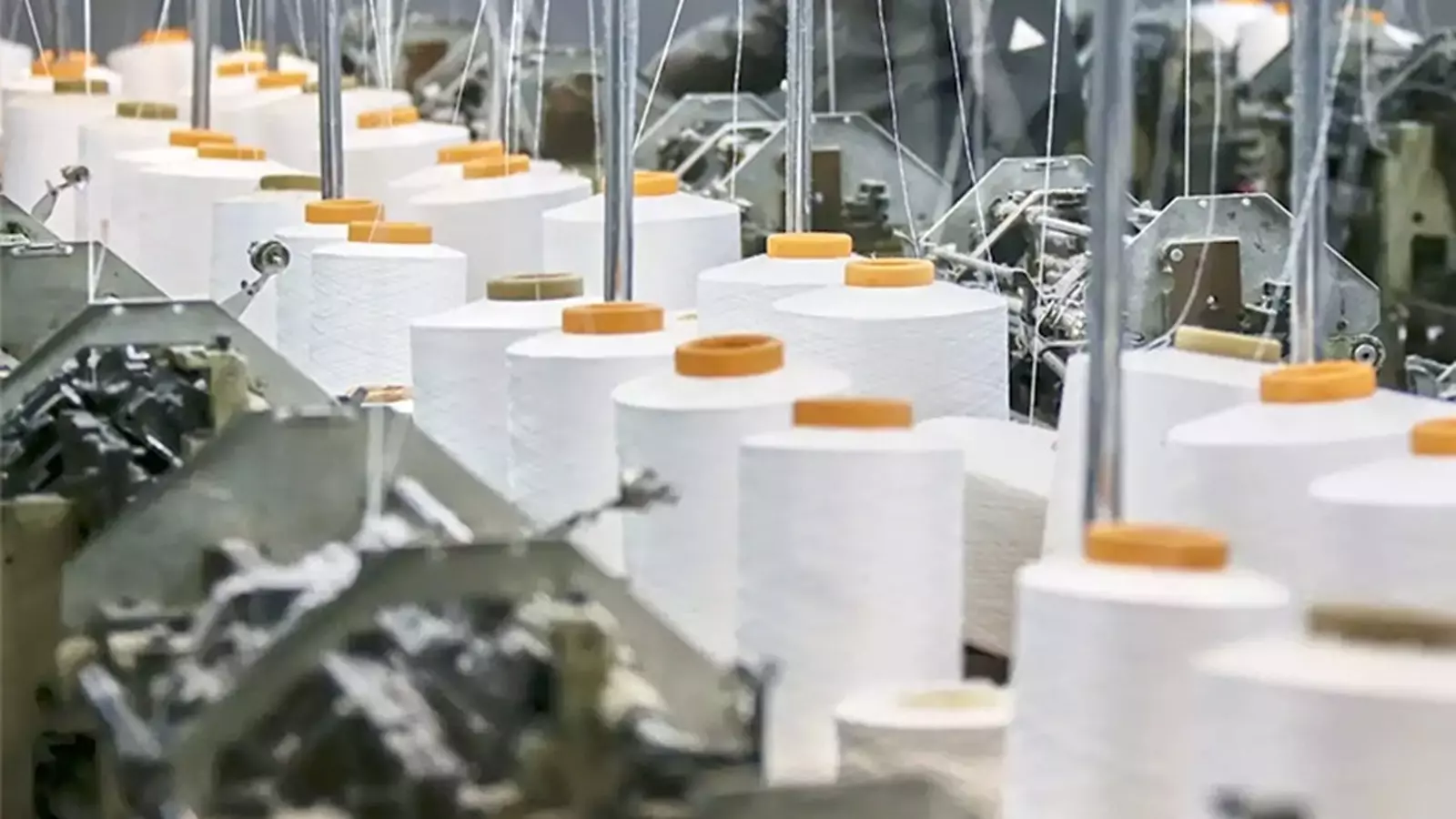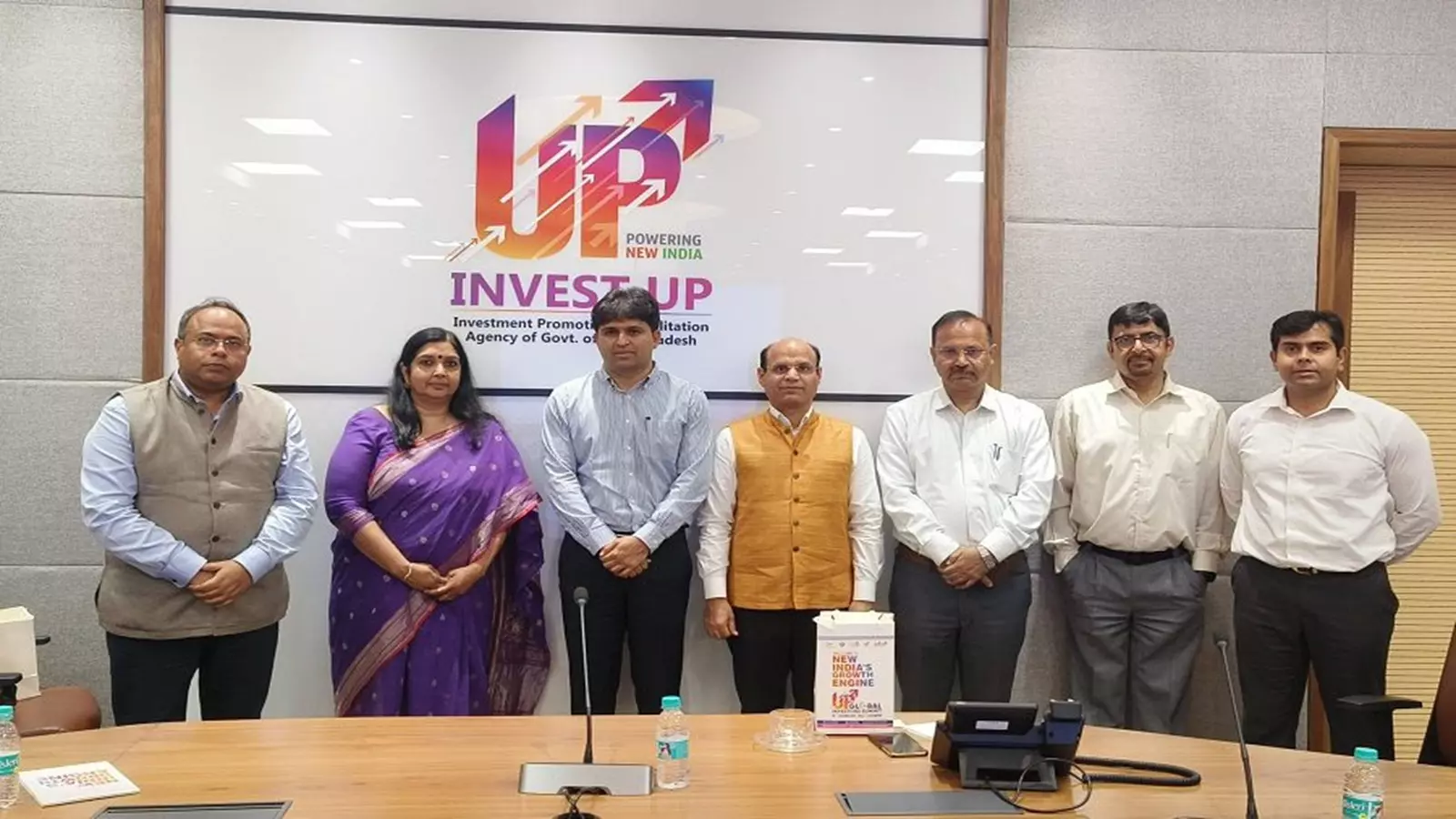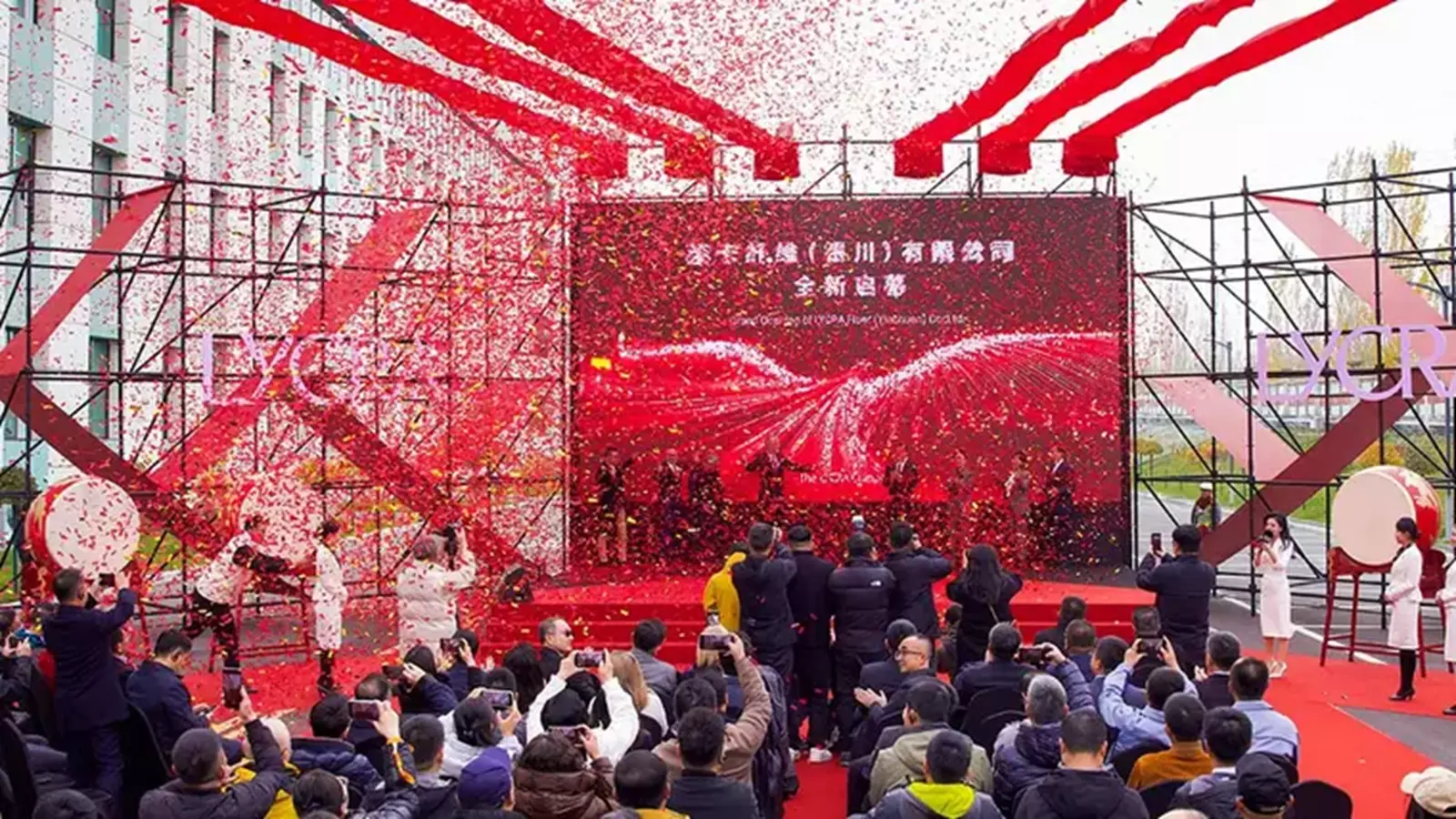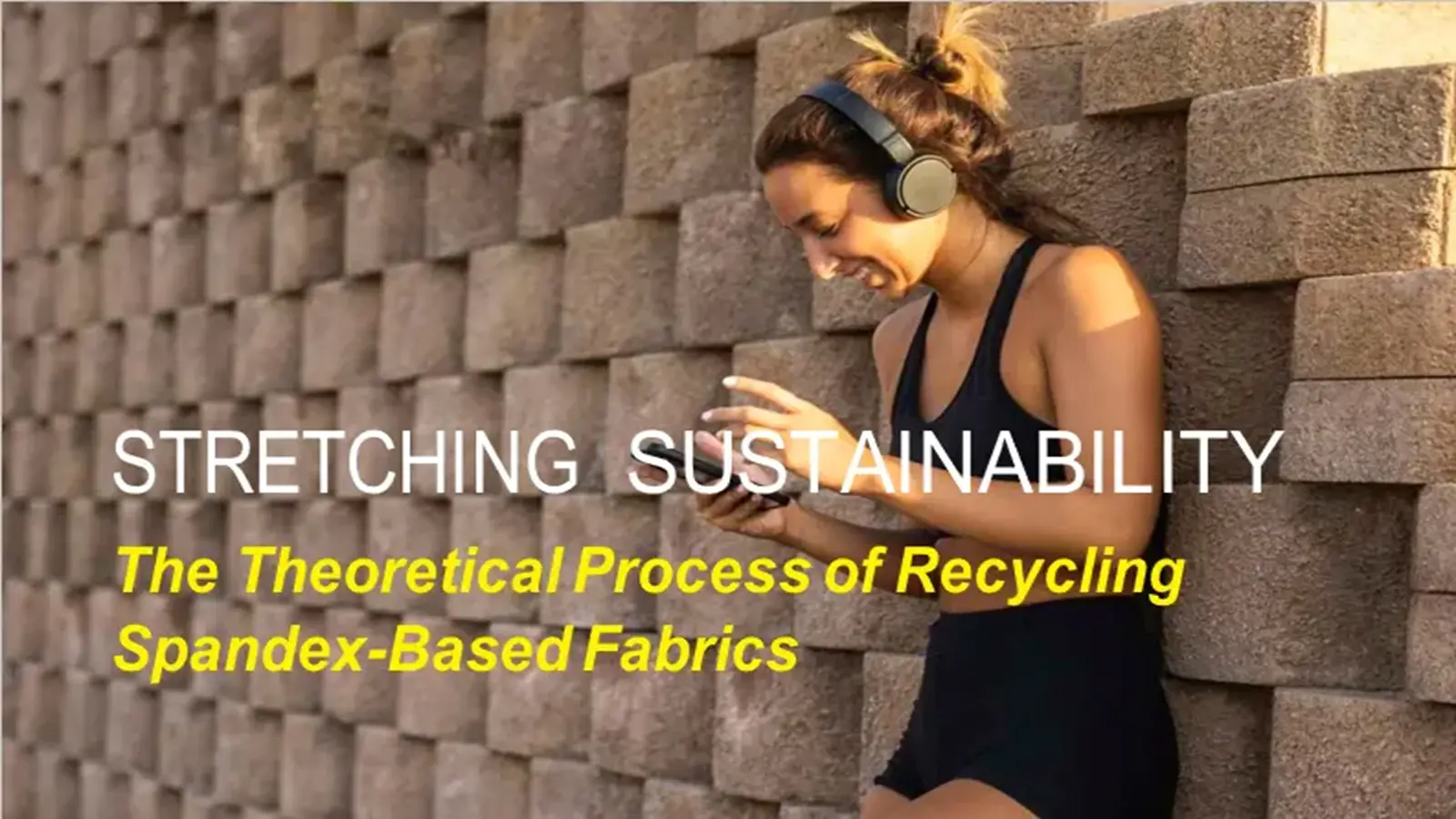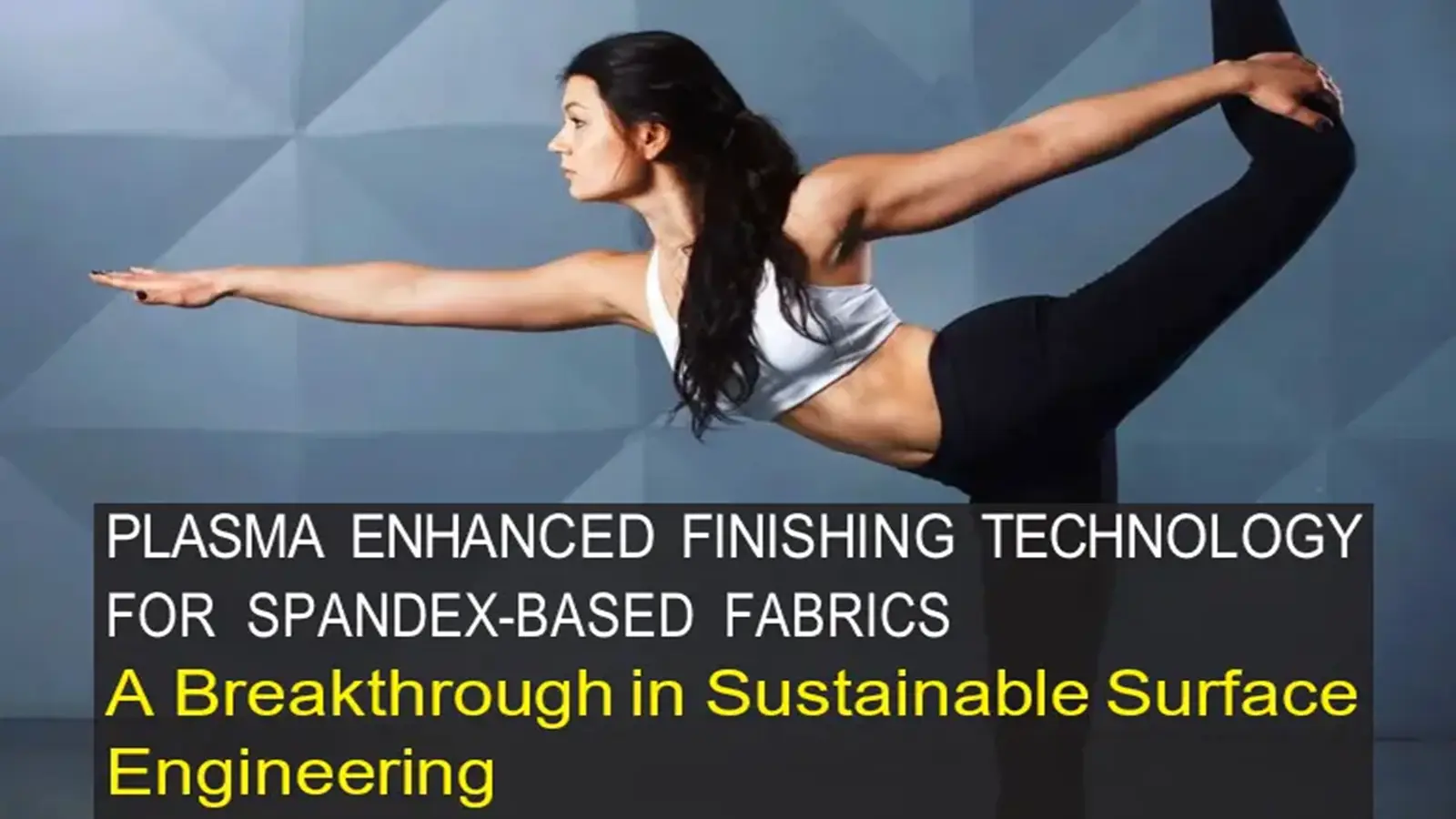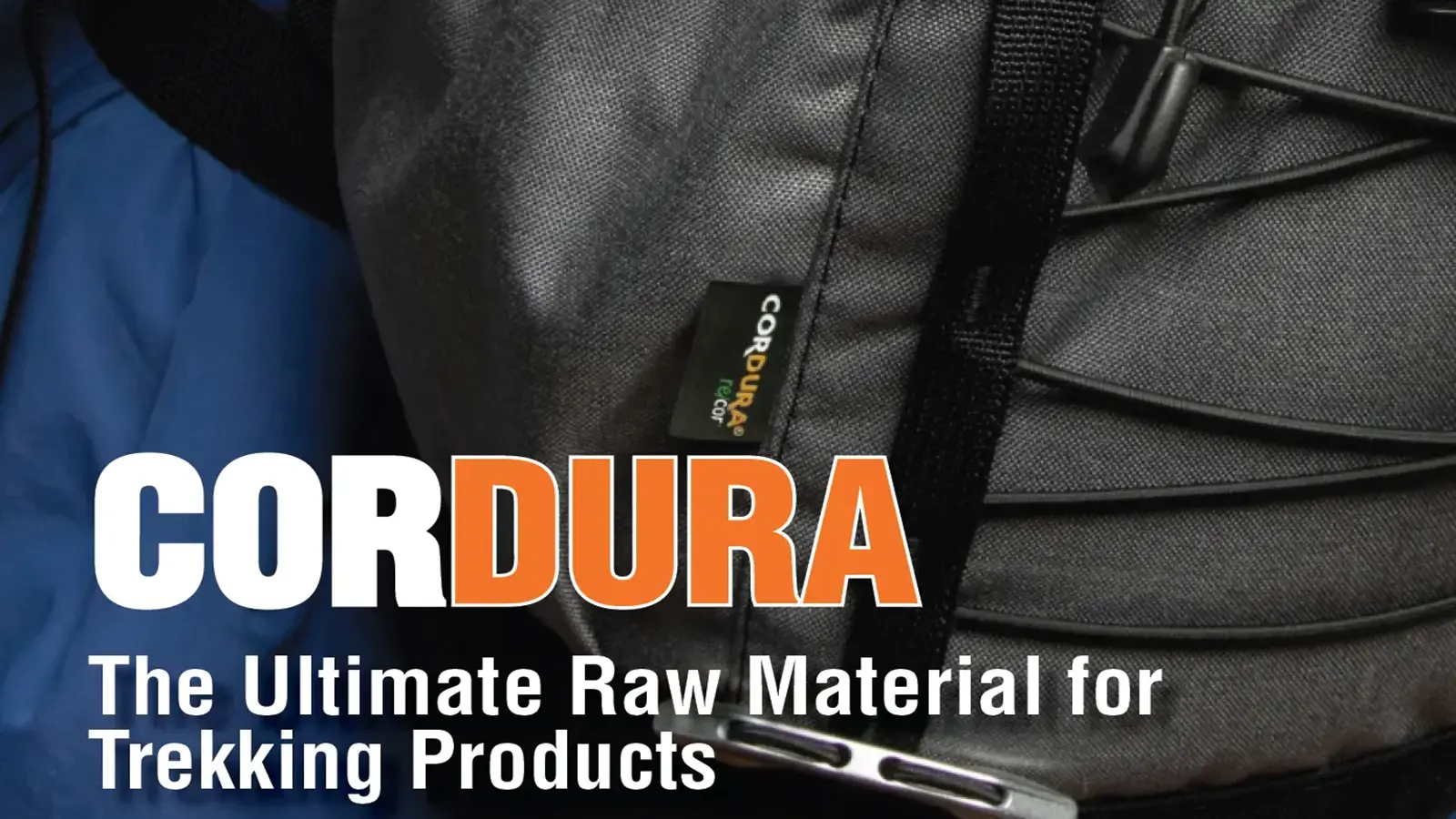Modern Finishing Technologies For Sports Fabrics
Share Post
Graphene Enhanced Finishing
Graphene, a two-dimensional material with exceptional properties, is revolutionizing the textile industry, particularly in the realm of sportswear. Its unique characteristics, including high thermal conductivity, electrical conductivity, and mechanical strength, make it an ideal additive for enhancing the performance of woven fabrics.Graphene-enhanced finishing offers significant advantages for woven fabrics used in sportswear. By incorporating graphene into the fabric, manufacturers can create garments that are more functional, comfortable, and durable, meeting the demanding needs of athletes and fitness enthusiasts.
Finishing Processes for Graphene-Enhanced Fabrics
Spray Coating:
•Graphene can be applied as a spray coating to the fabric surface, providing a uniform and controlled finish.
Dip Coating:
•The fabric can be immersed in a graphene solution, allowing for deep penetration and even
coverage.
Plasma Treatment:
•A plasma process can be used to create reactive sites on the fabric surface, facilitating the bonding
of graphene particles.
Fiber Blending:
•Graphene can be blended with the fabric fibers during the manufacturing process, resulting in a
more homogeneous and durable material.
Benefits of Graphene-Enhanced Finishing in Sportswear
Enhanced Thermal Regulation: Graphene’s high thermal conductivity helps to dissipate heat effectively, keeping athletes cool and comfortable during intense workouts.
Improved Moisture Management: Graphene can be incorporated into fabrics to enhance moisture wicking
properties, preventing sweat buildup and discomfort.
Antimicrobial Properties: Graphene can have antimicrobial properties, helping to reduce odor and bacterial growth, making it ideal for sportswear.
Increased Durability: Graphene can enhance the durability and abrasion resistance of fabrics, making them more resistant to wear and tear.
Improved Electrical Conductivity: Graphene’s electrical conductivity can be utilized in the development of smart textiles for monitoring vital signs or integrating wearable technology.
Applications of Graphene-Enhanced Sportswear
Athletic Apparel: T-shirts, shorts, leggings, and jackets can be made with graphene-enhanced fabrics to improve performance and comfort.
Base Layers: Graphene-enhanced base layers can provide excellent thermal regulation and moisture management.
Compression Garments: Graphene can be incorporated into compression garments to enhance recovery and reduce muscle fatigue.
Protective Gear: Helmets, pads, and other protective equipment can benefit from graphene’s enhanced durability and impact resistance.
Phase Change Materials (PCM) Finishing
Phase Change Materials (PCMs) are substances that can absorb or release a significant amount of heat at a constant temperature during a phase transition (e.g., solid to liquid or liquid to solid). This unique property makes PCMs ideal for incorporating into textiles to regulate temperature and improve comfort.
Finishing Processes for PCM-Enhanced Fabrics
Microencapsulation: PCMs are encapsulated into tiny microcapsules, which can then be applied to the fabric surface using various methods, such as spray coating, dip coating, or printing.
Fiber Blending: PCMs can be blended with the fabric fibers during the manufacturing process, resulting in a more homogeneous and durable material.
Impregnation: The fabric can be impregnated with a PCM solution, allowing for deep penetration and even distribution.
Applications of PCM-Enhanced Sportswear
Base Layers: PCM-enhanced base layers can provide excellent temperature regulation and moisture management, making them ideal for a wide range of activities.
Athletic Apparel: T-shirts, shorts, leggings, and jackets can be made with PCM-finished fabrics to improve comfort and performance.
Protective Gear: Helmets, pads, and other protective equipment can benefit from PCMs to regulate temperature and reduce discomfort during extended use.
04:13 PM, Mar 05
Other Related Topics
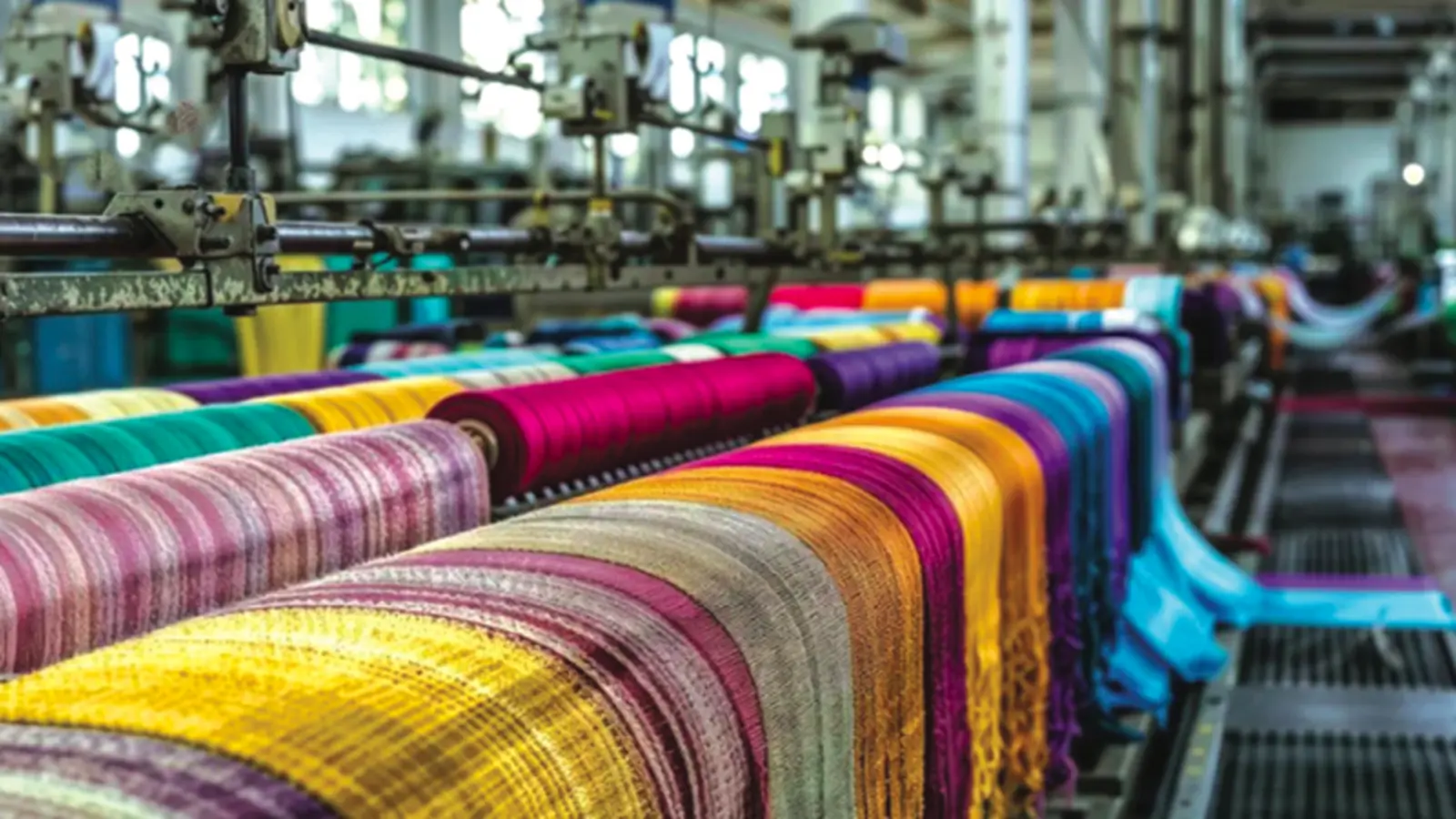
.webp)



